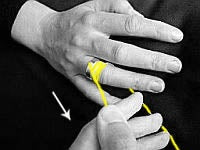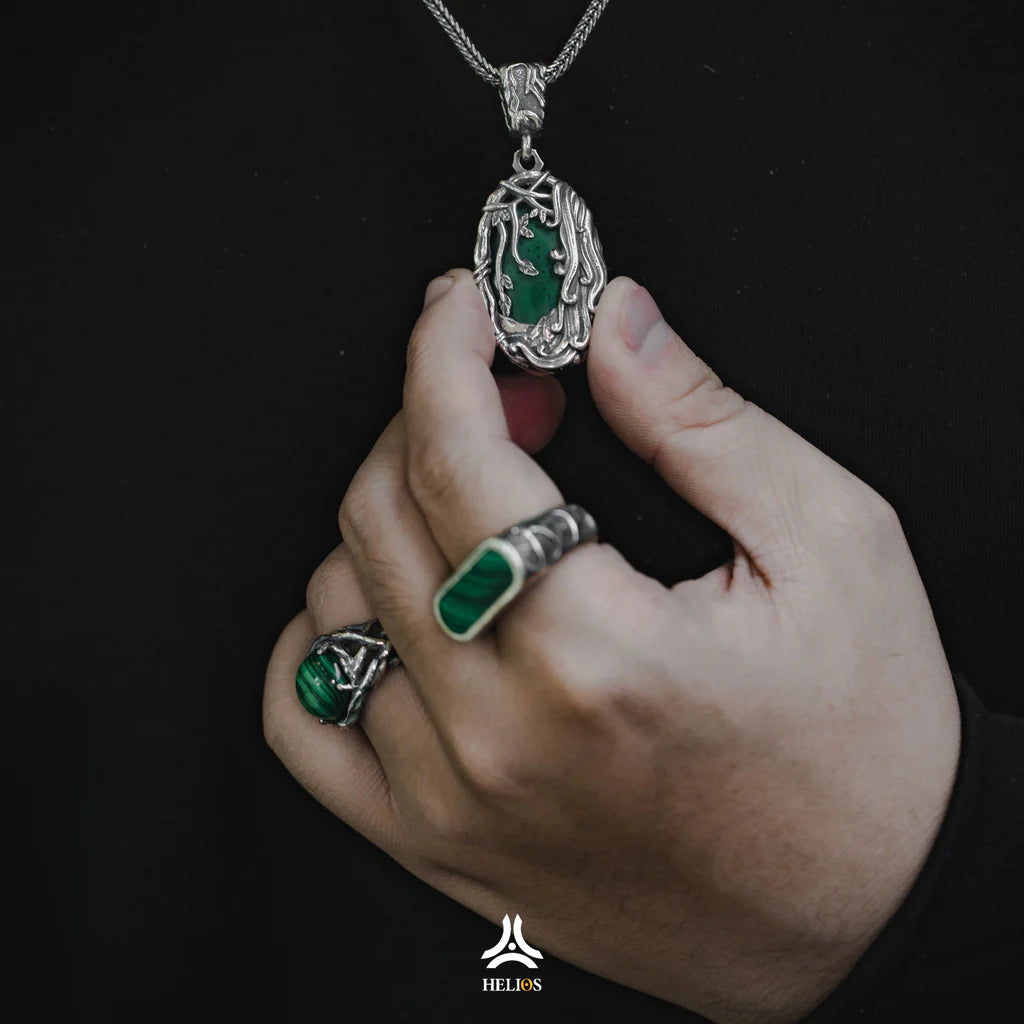CLEANING GOLD AND MOST GEMS
The red, whites and blues (rubies, diamonds and sapphires) are the safest gems to clean at home. Others require very specific care to avoid damage. It’s important to regularly clean your diamond because it naturally attracts oils and often looks cloudy when not cleaned.
The Gemological Institute of America recommends creating a mixture of warm water and a few drops of mild dishwashing soap. Soak your ring for about 20 – 40 minutes and then gently brush the stone with a new soft-bristled toothbrush. Rinse under warm running water to remove the soap film. If needed, repeat until sparkling! Please use caution when scrubbing fragile pieces like estate jewelry or older settings.
Another way to clean diamond jewelry and harder gems such as rubies and sapphires is to soak the piece in an ammonia-based cleaner such as a window cleaner overnight. Organic gems should not be exposed to ammonia-based cleaners, and all gems should avoid harmful chemicals like bleach and chlorine.
WHAT NOT TO DO WHEN CLEANING
Never clean opals, pearls or any other organic gems in harsh cleaning solutions only a soft cloth and very mild soap should be used to wipe clean the jewelry. Opals and pearls are very fragile and can easily be scratched if not handled properly. Pearls also have thin layers called nacre that can be removed if a rough cleaner is used.
To avoid dirt buildup and residue on your jewelry, always take it off when gardening or working outside.
If you’re piece of silver jewelry has blackened silver accents, Kiehls Coriander Soap is a good choice. It’s a mild liquid foaming soap that gently cleans with natural extracts. It works great for John Hardy jewelry or many Native American pieces because it cleans without removing the blackened look. Apply this soap to the piece, gently scrub it and rinse with warm water.
HOW TO CLEAN SILVER JEWELRY
The silver pieces in your jewelry box are likely made of sterling silver rather than pure silver. Sterling silver typically contains about 7.5% copper, making it stronger than pure 99.9% silver (which is rare) but also more likely to tarnish. (Copper is the primary culprit behind tarnish on sterling silver jewelry.)
To tell if your jewelry is sterling silver versus silver-plated, check the clasp for a marking that says 9.25, 925/1000, Sterling, S/S, or Sterling 9.25. If your necklace or bracelet doesn't have these markings, it's probably silver-plated.
If soap and water don't do the trick, you can try other diy methods for cleaning silver that utilize common pantry and household staples, including baking soda, lemon juice, olive oil, white vinegar, salt, and toothpaste.
Thank you for reading the article, don't forget to visit Helios to see more products.









